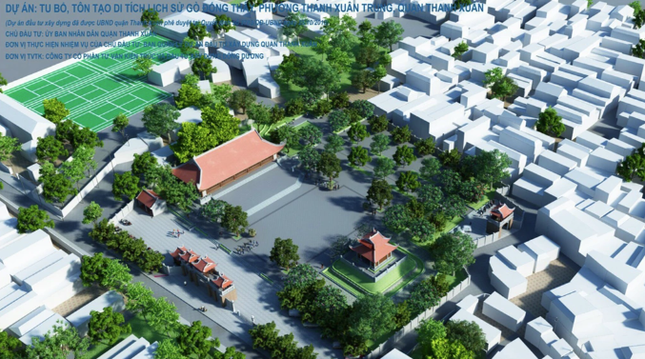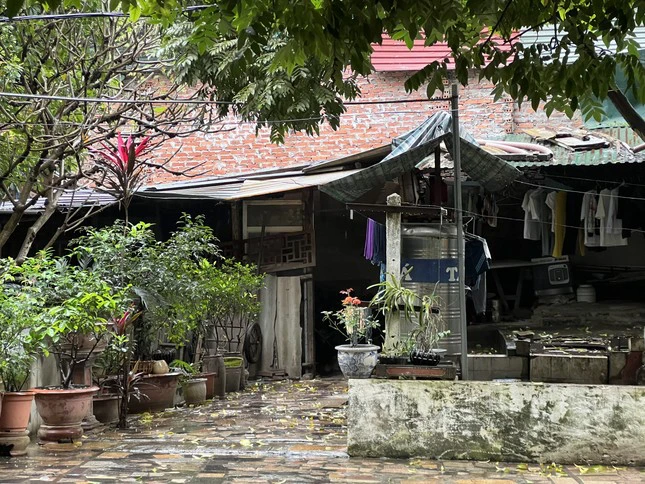Reason for the postponement of land repossession for 58 households in Gò Đống Thây restoration project
In an effort to preserve historical heritage, the People’s Committee of Thanh Xuân District recently issued Plan No. 84/KH-UBND regarding the compulsory repossession of land for the restoration project of Gò Đống Thây historical site. The repossession was scheduled to take place on March 25th, 26th, and 27th, targeting 58 households and individuals who did not agree to receive compensation and hand over their properties for the restoration project. Among these cases, 49 required the demolition of their entire structures while 9 entailed partial removal.
However, during a recent progress review meeting on land clearance work, the Chairman of the People’s Committee of Thanh Xuân District, Võ Đăng Dũng, concluded that the execution of the land repossession should be temporarily postponed. The specific timeline for the repossession of land from the 58 households would be announced by the People’s Committee of Thanh Xuân District at a later date.
In the past, the affected households did not cooperate in providing sufficient evidence to prove their long-term residence in the area. However, during the recent meeting, the residents have now collaborated to provide additional documentation. To ensure the rights of the people in the area, the People’s Committee has requested the Project Management Board of Thanh Xuân District to continue reviewing and consolidating the submitted documents in order to comply with the regulations regarding land clearance. The residents will continue to submit relevant documents regarding their current land status until March 28th.


The Gò Đống Thây area, formerly part of the Cự Chính – Nhân Mục village’s paddy fields, was once a vast marshy region along the Tô Lịch River. Over thousands of years, local residents transformed the area into cultivated land, hamlets, and villages, known as “Kẻ Mọc” in Nôm script, consisting of 12 villages and later adopting the name Nhân Mục.
In the early 15th century, during the Ming invasion of Vietnam and the failed resistance of the Hồ dynasty, two victorious battles were fought at the Nhân Mục bridge at the end of 1426, resulting in the elimination of a significant Ming force stationed there. The local people have since passed down the name “Gò Thất Tinh” or the “Khu mả Thất Tinh,” eventually becoming the commonly used name “Gò Đống Thây,” which metaphorically refers to the accumulation of defeated enemies.
For more news and updates on business and current affairs, visit Business Today.
